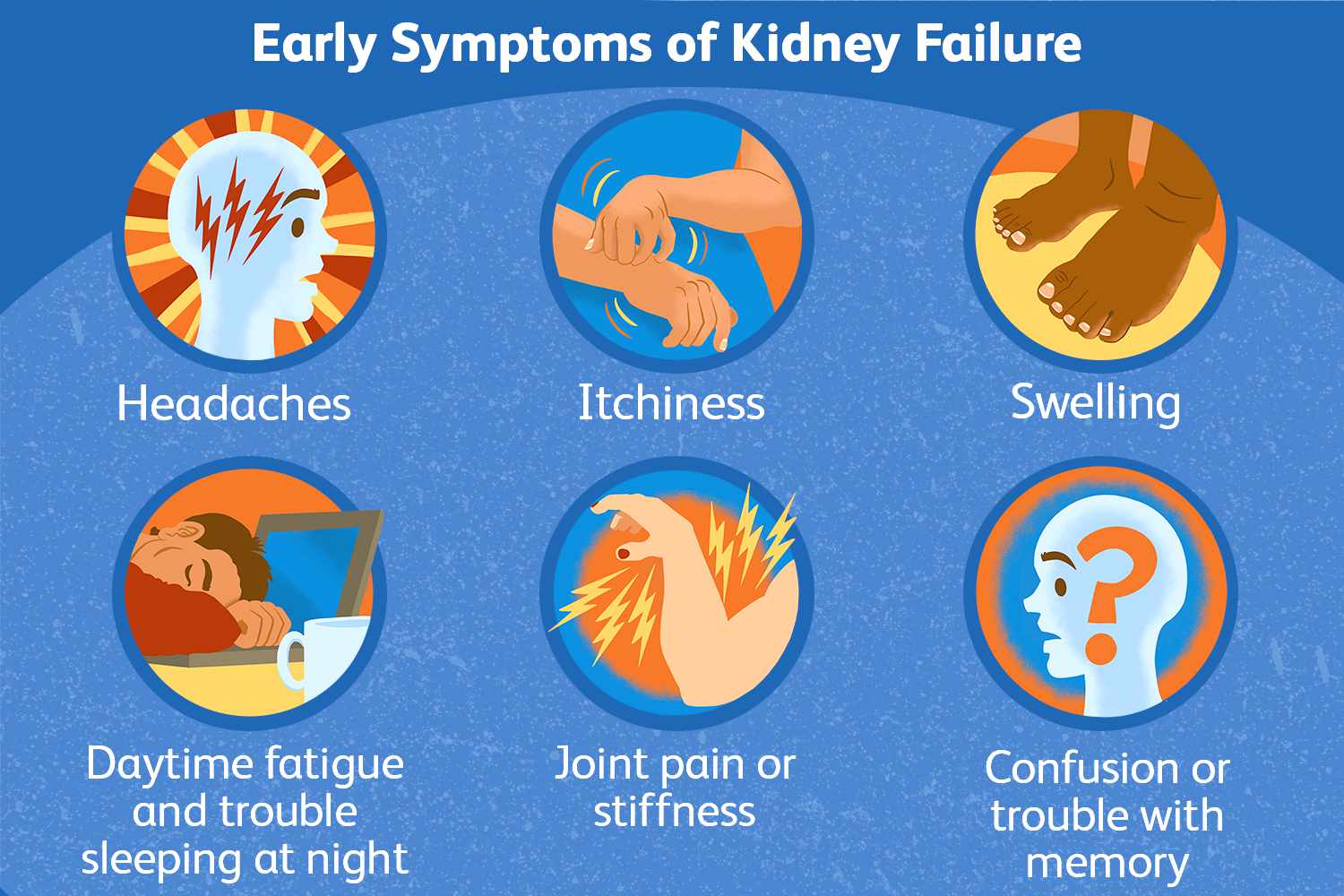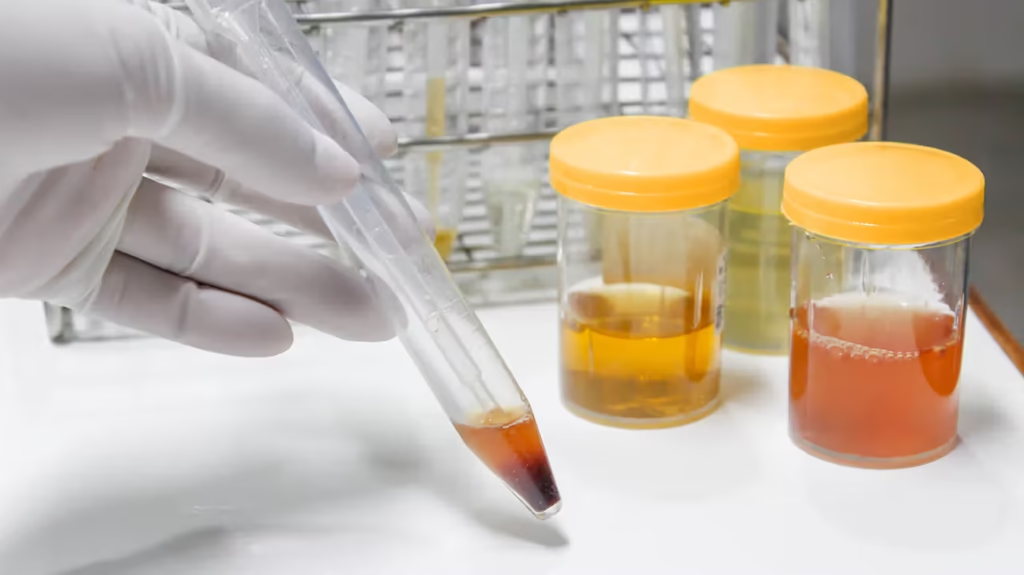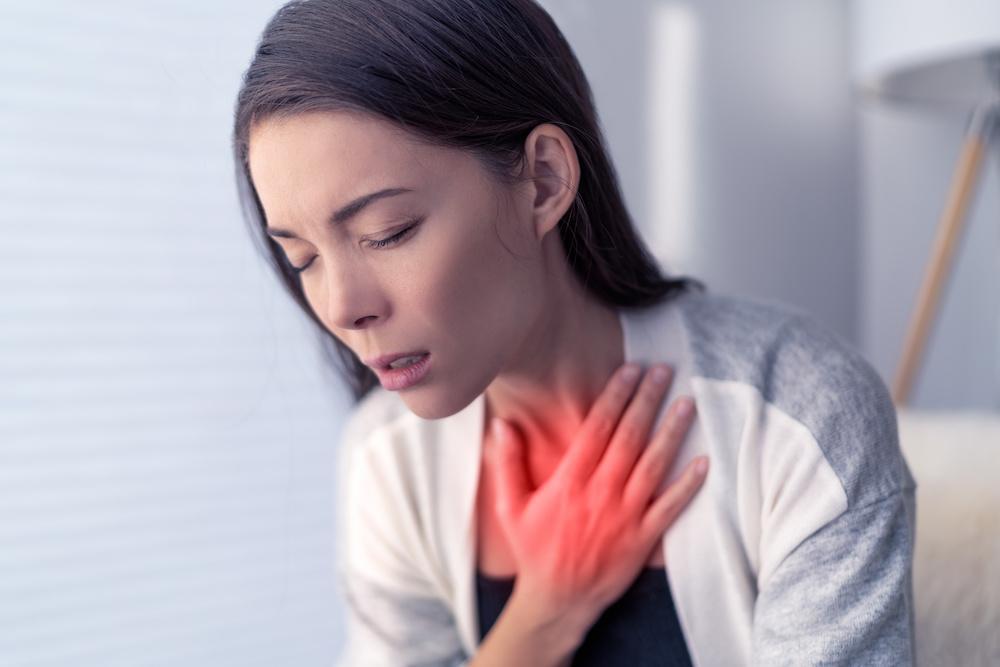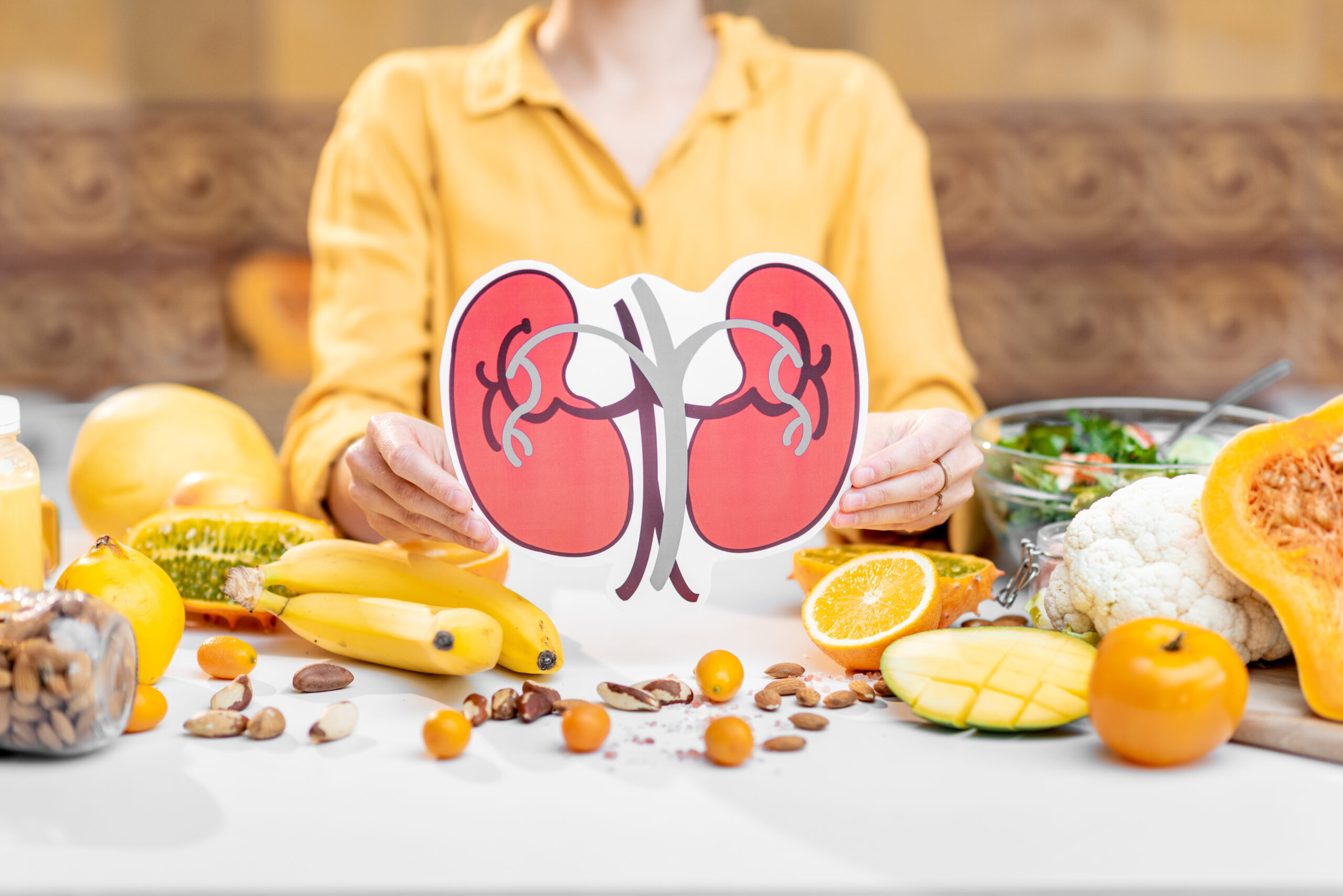Learn how to recognize early kidney damage symptoms before they become serious. Discover key warning signs, causes, prevention tips, and when to seek medical help. Stay informed and protect your kidney health. Kidney Damage Symptoms: How to Spot the Warning Signs Early.
I’ve always believed that prevention is better than cure, especially when it comes to our kidneys. These two bean-shaped organs quietly work every day, filtering waste, balancing fluids, and keeping our bodies in check. Sadly, kidney damage symptoms often appear late, making early detection essential. In this guide, I’ll share how to recognize warning signs, understand the causes, and take proactive steps to protect your kidney health before it’s too late.
H2: Understanding the Role of Kidneys
Our kidneys are powerful yet delicate organs that perform several crucial tasks for our overall well-being. They filter blood, remove toxins, regulate blood pressure, and maintain the balance of essential electrolytes. I think of them as my body’s own natural water purification system. Without healthy kidneys, waste builds up, causing fatigue, swelling, and more severe issues. This is why spotting symptoms of kidney damage early can be truly life-saving.

H2: Early Kidney Damage Symptoms
Many early kidney damage symptoms are subtle and easy to overlook. You might not notice anything unusual until your kidneys are already under significant stress. The most common early warning signs include fatigue, swelling, and changes in urination patterns. Paying attention to these signals is essential because early detection gives you the best chance of reversing damage or preventing it from getting worse. Let’s look at these symptoms more closely.
H3: Fatigue and Low Energy
I once ignored my constant tiredness, thinking it was just the result of stress and a busy lifestyle. But fatigue can also mean your kidneys aren’t filtering toxins properly, leaving waste in your bloodstream. This buildup can make you feel sluggish, weak, and mentally foggy. If you notice prolonged tiredness that doesn’t improve with rest, it could be one of the early symptoms of kidney problems worth getting checked.
H3: Swelling in Hands, Feet, or Ankles
Fluid retention caused by impaired kidney function often results in puffiness, particularly noticeable in the mornings. For me, this was a surprising symptom—I thought swollen ankles came only from long hours of standing. When kidneys can’t remove excess fluid effectively, it accumulates in tissues, leading to swelling in the extremities. Persistent or unexplained swelling should always be taken seriously as a possible sign of early kidney damage.
H3: Changes in Urination
Changes in urination are one of the most obvious kidney damage symptoms. This can mean needing to urinate more often, especially at night, or experiencing reduced urine output. The appearance of your urine can also change—it may become darker, more concentrated, or even foamy due to protein leakage. In my case, noticing a consistent difference in urine color prompted me to see a doctor, which was a smart decision.

Quote: “Kidney disease is often silent until it’s advanced. Listening to your body is your first line of defense.” — Dr. Anita Sharma, Nephrologist
H2: Advanced Symptoms of Kidney Damage
When kidney function drops significantly, the symptoms become more noticeable and more serious. At this stage, the damage may already be considerable, making medical intervention urgent. These advanced symptoms include persistent nausea, difficulty sleeping, shortness of breath, a metallic taste in the mouth, and high blood pressure. Experiencing several of these symptoms together is a strong sign you need immediate medical evaluation to assess your kidney health.
H3: Persistent Nausea or Vomiting
When toxins accumulate in the blood because kidneys aren’t working well, your digestive system can be affected. I’ve heard from many people who experienced ongoing nausea or occasional vomiting that they initially blamed on minor stomach issues. However, these symptoms can be tied to kidney failure symptoms and shouldn’t be dismissed. If they persist without an obvious cause, your kidneys might need closer attention.
H3: Difficulty Sleeping
Sleep problems may seem unrelated to kidney function, but they can be linked. Toxin buildup makes it harder for the brain to relax, leading to insomnia or restless nights. People with chronic kidney disease symptoms sometimes also suffer from sleep apnea. If you’ve noticed worsening sleep quality alongside other kidney-related symptoms, it’s worth discussing with a healthcare professional to rule out any underlying kidney-related causes.
H3: Shortness of Breath
Impaired kidneys may cause fluid to build up in the lungs, leading to breathlessness even during mild activity. Additionally, kidney disease can cause anemia, reducing the oxygen your blood can carry. I remember feeling winded after climbing just a few stairs and realizing it wasn’t simply due to being out of shape. Such changes in your breathing patterns could indicate progressing symptoms of kidney damage.

H3: Metallic Taste in the Mouth
A strange metallic taste can occur when waste builds up in the bloodstream. This condition, called uremia, alters your sense of taste and may even make food less appealing. Some people also report bad breath that doesn’t improve with regular oral care. If you notice these changes in taste alongside fatigue or swelling, it’s another potential clue pointing toward kidney problems that need attention.
H2: Causes of Kidney Damage
Kidney damage doesn’t happen overnight. It often develops gradually due to long-term health issues or lifestyle habits. Knowing the main causes can help you make preventive changes. Below is a table outlining the most common causes of chronic kidney disease.
| Cause | Description |
|---|---|
| Diabetes | High blood sugar damages kidney filters over time. |
| High Blood Pressure | Strains blood vessels, reducing kidney function. |
| Chronic Dehydration | Reduces blood flow and stresses the kidneys. |
| Medications | Long-term use of NSAIDs can harm kidney tissue. |
| Infections | Untreated UTIs can spread and scar kidney tissue. |
H2: When to Seek Medical Help
One thing I’ve learned is not to delay medical care when symptoms appear. You should see a doctor if you notice sudden swelling, rapid weight gain, drastic changes in urine color or volume, persistent back or flank pain, confusion, dizziness, or extreme weakness. Timely checkups, including kidney function tests, can make a huge difference in preventing further damage and starting treatment as early as possible.
H2: How to Reduce Risk of Kidney Damage
Prevention is key, and I live by this principle. Here’s my personal checklist for keeping kidneys healthy and reducing the risk of damage:
- Stay Hydrated—Aim for at least 8 glasses of water daily.
- Control Blood Pressure—Keep it in the healthy range.
- Monitor Blood Sugar—Especially if Diabetic.
- Avoid Excess Salt—Too much sodium harms kidney function.
- Limit Painkiller Use—Especially NSAIDs.
These steps might sound simple but are highly effective in protecting kidney health.

H2: Lifestyle Changes to Support Kidney Health
I’ve made a few adjustments in my daily routine to support my kidneys. This includes eating more fresh vegetables, reducing processed foods, and exercising regularly. Walking daily improves circulation, which benefits kidney filtration. Managing stress through meditation and deep breathing also helps regulate blood pressure. These changes not only protect against kidney damage but also improve overall health, making me feel stronger and more energized.
H2: My Personal Experience
A few years ago, I had mild swelling in my ankles and dismissed it as water retention from sitting too long. My doctor recommended a kidney function test, which revealed early-stage kidney damage. By improving my diet, staying hydrated, and avoiding unnecessary medication, I managed to slow the damage. That experience taught me the importance of recognizing kidney damage symptoms early and taking them seriously before they worsen.
H2: Key Takeaways
- Kidney damage symptoms can be subtle at first but become severe if ignored.
- Fatigue, swelling, and urine changes are early warning signs.
- Diabetes and high blood pressure are leading causes of kidney damage.
- Regular medical checkups help detect issues before they become irreversible.
- Healthy lifestyle habits can significantly lower your risk of chronic kidney disease.
Conclusion
Our kidneys might not ask for much attention, but they work tirelessly to keep us healthy. Learning to recognize early kidney damage symptoms is crucial in preventing long-term harm. By staying hydrated, eating a balanced diet, and monitoring our health, we can keep these vital organs functioning for years to come. Always trust your instincts—if something feels off, get it checked. Your kidneys will thank you for it.

Interesting take on game mechanics! Understanding probability is key, and platforms like jilievo legit are evolving to offer more analytical tools. It’s not just luck, right? Good article!